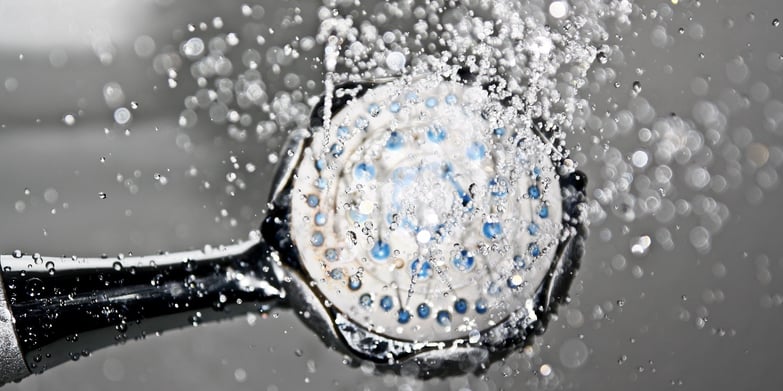
Natural water properties and composition vary geographically depending on factors such as geology and climate. One of these properties is water hardness. Water hardness is the concentration of dissolved minerals in water. Hardness is primarily caused by calcium and magnesium, but iron, silica, and other metals can also contribute.
Some areas of the world have natural, mineral rich hard water, while others have water very low in mineral concentrations, or soft water. Scaling and build-up are adverse effects due to the high mineral content of hard water, costing homeowners money in maintenance and care of their appliances. Homes that have hard water experience discoloration in toilets and showers, decreased water pressure, decreased water heater efficiency, and lower soap effectiveness in cleaning dishes and clothes.
For homeowners with hard water, water-softening systems can be installed in efforts to decrease home maintenance and extend the life of appliances. In areas where the primary form of hardness is calcium and magnesium, an ion exchange system can be used for removal. Ion exchange systems remove dissolved ions by replacing them with a similarly charged ion. In most softening systems, a cation exchange occurs where positively charged calcium and magnesium ions are typically exchanged for sodium, a "softer" ion. Sodium salts are more soluble than calcium and magnesium salts and therefore do not cause scaling or build up.
Salt-based water softening systems utilize an ion exchange resin saturated with sodium ions. As the source water flows through the resin, calcium and magnesium replace the sodium on ion exchange sites. Over time, the resin ion exchange sites will become saturated with calcium and magnesium, requiring replacement or regeneration to maintain effectiveness. A sodium brine or sodium hydroxide solution is used to backwash the resin, repopulating the ion exchange sites with sodium and returning the resin to a usable state. The calcium and magnesium rich backwash is collected in a tank and disposed of.
 A plumbing service recently began installing water-softening systems and wanted to demonstrate to customers the system efficiency by measuring the water hardness before and after treatment. The plumber considered chemical test strips as an option, but did not like how easily they can be misread or contaminated. After doing some research they reached out to Hanna Instruments to inquire about portable photometers. Hanna Instruments suggested the Total Hardness EPA Portable Photometer - HI96735.
A plumbing service recently began installing water-softening systems and wanted to demonstrate to customers the system efficiency by measuring the water hardness before and after treatment. The plumber considered chemical test strips as an option, but did not like how easily they can be misread or contaminated. After doing some research they reached out to Hanna Instruments to inquire about portable photometers. Hanna Instruments suggested the Total Hardness EPA Portable Photometer - HI96735.
The HI96735 has three modes for measuring hardness: low range, from 0-250 ppm; mid range, from 200-500 ppm; and high range, from 400-750 ppm. Because the customer was located in an area with typically hard water (200-300 ppm), they were pleased the meter could measure over such a large range without requiring a dilution.
The customer appreciated the ease of use, built-in timer, and indexing groove for cuvettes to ensure readings are consistent. They also liked that they could buy the reagents for each range separately as needed, as they expected to perform the mid and low range hardness tests more often than the high range test. By purchasing the optional Total Hardness CAL Check™ Standards - HI96735-11, the plumber was able to use the CAL Check feature on the meter to ensure it was functioning properly and providing accurate readings. Overall, the HI96735 provided a comprehensive solution for their water monitoring needs.
That's why we've dedicated our blog as a helpful resource for you to use! Catch up on the latest products, explore industry trends, discover testing tips, learn how to improve results, and more. Got questions? Email sales@hannainst.com.
